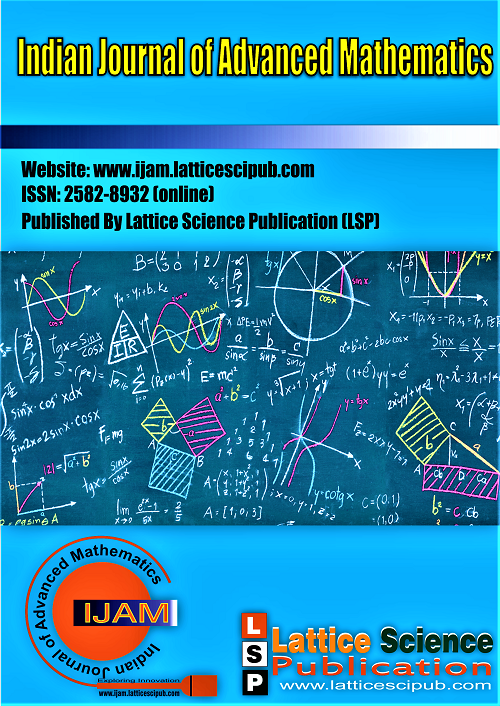An Elementary Proof for Fermat’s Last Theorem using Ramanujan-Nagell Equation
Main Article Content
Abstract
Fermat’s Last Theorem states that it is impossible to find positive integers A, B and C satisfying the equation An + Bn = Cn where n is any integer > 2. Taking the proofs of Fermat for the index n = 4, and Euler for n = 3, it is sufficient to prove the theorem for n = p, any prime > 3. We hypothesize that all r, s and t are non-zero integers in the equation rp + sp = tp and establish a contradiction in this proof. Just for supporting the proof in the above equation, we have used another equation x3 + y3 = z3 Without loss of generality, we assert that both x and y as non-zero integers; z3 a non-zero integer; z and z2 irrational. We create transformed equations to the above two equations through parameters, into which we have incorporated the Ramanujan – Nagell equation. Solving the transformed equations we prove the theorem.
Downloads
Article Details

This work is licensed under a Creative Commons Attribution-NonCommercial-NoDerivatives 4.0 International License.





